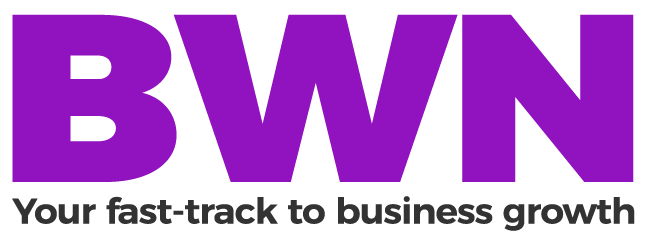The Paper Tax Self-Assessment Tax Return – What you need to know.
Here our Insiders Affiliate Simple Tax share essential advice…
The paper return deadline is this month, 31st October, therefore we thought it would be useful to invite Mike Parkes from GoSimpleTax to explain how best to prepare for the Self-Assessment tax return submission and file with confidence.
New comers to submitting Self-Assessment tax returns, should know it pays to know that there are three ways of filing. Firstly, you can submit via the HMRC site and receive instant acknowledgement post-submission. You can also use commercial software to do this for you. Or, you can send a paper tax return to HMRC in the post.
Whichever method you choose, it’s important to understand your exact responsibility. For those who are self-employed sole traders or Landlords letting out UK property, paper submissions can be complicated as they involve additional forms and documentation.
1. Be conscious of the deadline
Should you choose to file a paper tax return, don’t forget to file before the 31st October deadline. We would recommend sending your paper submission prior to the October deadline, either through recorded delivery or with some proof of posting in order to prove your compliancy.
If you miss the deadline for submitting your paper return, don’t be tempted to file it late – you have until 31st January to complete one online. Just don’t submit both. You will be charged penalties from the 1st February for any late submissions.
2. Organise supplementary pages
Remember, it isn’t enough to submit the main SA100 tax return. You need to bundle it together with the rest of your documentation that references your property or self-employment income.
For any income as a landlord, all that’s required is to file an additional form (SA105) and submit it alongside your regular Self-Assessment tax return.
However, with self-employment, the additional sections required of you could be either the SA103S or the SA103F. The difference between the two is that the former is for those who had an annual turnover below the VAT threshold for the tax year (£85,000 as of 2019/20), and the latter is for those who earn above the VAT threshold.
3. Be open to online and prepare for Making Tax Digital for Income Tax
While you may have historically always submitted your tax return by paper, the vast majority of tax returns are now submitted online. Improvements in technology and the extra three months to file are the main incentives to submit an online tax return.
Having an online account with HMRC allows you to not only extend your filing deadline but also check your details at any time to see how much tax is due and act accordingly.
If you’re happy to tweak the way in which you keep your records and adopt digital record-keeping, this will help minimise admin further, as well as enable you to submit your tax returns and automatically calculate your tax.
Going forward as of April 2023 you will have to file your self-assessment digitally to HMRC providing updates every quarter via your digital platform.
Preparation is key, adopt the right approach now it could save both time and money, make the move to digital ahead of the deadline for MTD for Income Tax.
About GoSimpleTax
GoSimpleTax software submits directly to HMRC and is the solution for self-employed sole traders and anyone with income outside of PAYE to log all their income and expenses. The software will provide you with hints and tips that could save you money on allowances and expenses you may have missed.
Insider members receive a 10% discount off GoSimpleTax, simply register to trial the software and your discount code will be emailed to you. Not joined the Insiders yet? Join here.
Trial the software today for free – add up to five income and expense transactions per month and see your tax liability in real time at no cost to you. Pay only when you are ready to submit or use other key features such as receipt uploading.



